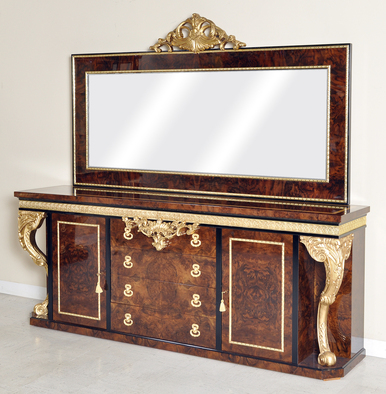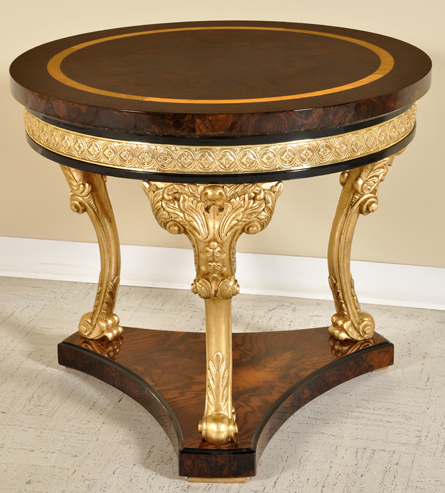The Importance of Using the Right Wood
Posted by Mahogany Millworks on 10th Feb 2020
Whether you want to customize your own furniture or want to shop for prebuilt pieces, it is important that you choose the right wood for the right situation. With our digital-global economy, there are loads of furnishings out there from the most expensive handcrafted pieces to the inexpensive mass-manufactured works of machines, but knowing what to pick for your project or design space is especially easier with a little information.


Veneer, MDF, and Solid Wood
Combination construction (i.e. combination core) is a process involving veneers and different cores made of various layers of MDF, particleboard, hardboard, etc. Cabinetmakers use combination construction for consistent flatness, and doing so yields good ability to hold screws but is generally cheaper and less durable.
A veneer is a thin strip of hardwood cut in a specific manner and glued to a panel typically made of inexpensive wood, particle board, or MDF. Woodcutters slice and peel tree trunks or cut out flitches (large rectangular blocks) to make veneer layers; they cut through the tree’s growth rings at different angles to achieve desired grains and figures.
MDF is an engineered wood product, composed of hardwood and softwood residuals. Broken down into fine fibers, it is combined with wax and a resin binder by applying intense heat and pressure. Plywood, MDF, and veneers are cost-effective and sometimes more practical, but solid wood furniture is matchless when it comes to beauty, durability, and longevity. Common types of solid wood are mahogany, cherry, oak, ash, birch, maple, walnut, pine, poplar, fir, cedar, redwood, and teak. Fine furniture built from solid wood guarantees to last not only a lifetime but generations of lifetimes.
What is Hardwood?
Manufacturers and artisans use hardwoods for furniture, cabinet making, decor, accessories, furnishings, construction, tools, fuel, boats, musical instruments, and flooring, to name a few. Also known as hard timbers, hardwoods are denser and longer-lasting than softwoods. In fact most of the difference between the two is in their leaves and pores. Hardwood trees generally have broader leaves and tend to be more durable.
Their porous nature is another major difference between hardwood and softwood. Due to wood complexity and material availability, solid hardwood joinery is usually more expensive than softwood. In any case, different types of wood materials lend themselves to various tasks and processes. Hardwood trees are often darker in color as well; their vessels encourage the flow of nutrients to every layer of wood, yielding incredibly sturdy timber.
Hardwoods are a classic choice for enduring furniture. Many antiques and custom wood furnishings boast hardwood construction. Such pieces provide years of beauty and comfort when maintained properly and treated with care. At the very least, cabinetmakers often choose hardwood materials for interior woodwork like frames and joints.